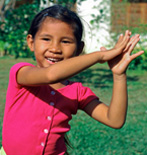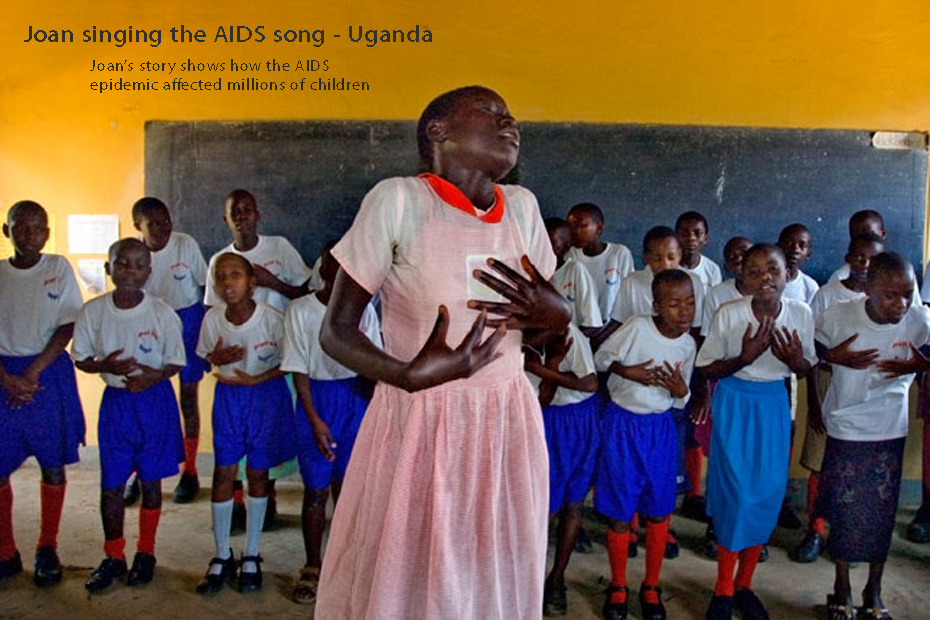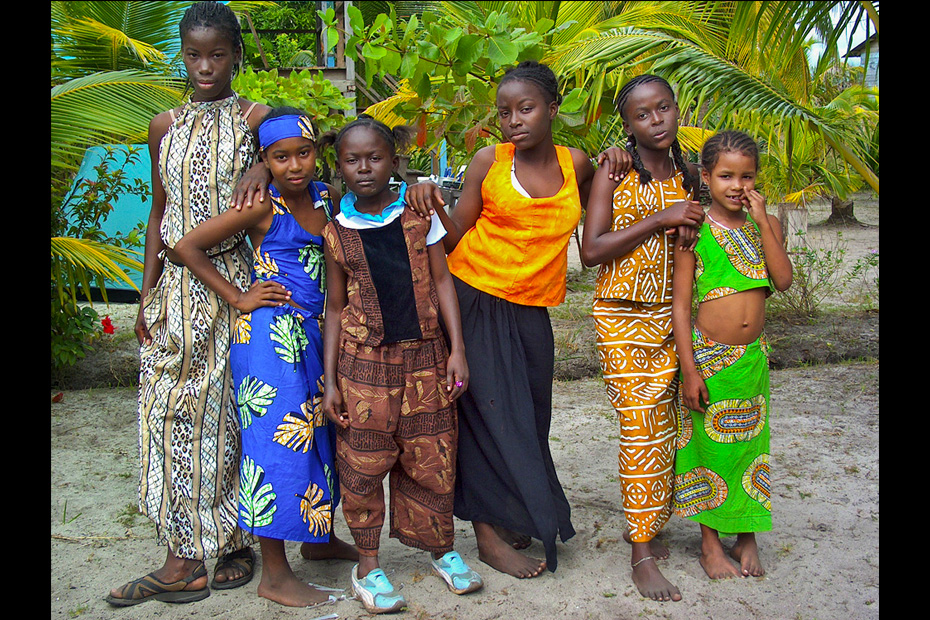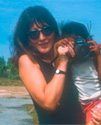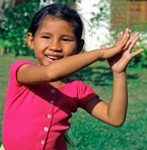 “The music reminds them who they are,” that’s what the Khmer music teacher told me in his soft, weary voice. I remembered this when I read a recent article about Alice Herz-Sommer, the oldest known survivor of the Nazi concentration camps who just died, and how classical music sustained her during those awful years in the camp. Reading that, I was immediately transported to the orphanage I had visited in Cambodia a few years ago, to the interview with the Cambodian music teacher, with his sad sweet smile.
“The music reminds them who they are,” that’s what the Khmer music teacher told me in his soft, weary voice. I remembered this when I read a recent article about Alice Herz-Sommer, the oldest known survivor of the Nazi concentration camps who just died, and how classical music sustained her during those awful years in the camp. Reading that, I was immediately transported to the orphanage I had visited in Cambodia a few years ago, to the interview with the Cambodian music teacher, with his sad sweet smile.
Many of the children had behaviour problems, the staff told me. Bed-wetting, nightmares, tantrums. Nothing unusual for children with fragmented lives, but trained therapists were a bit thin on the ground in Phnom Penh . But somehow, a music teacher – and dance instructor – were found. By ‘somehow’ I mean – most music teachers had been killed by the Khmer Rouge. Most teachers, full stop. Mostly anyone with any education. Almost an entire generation wiped out. Including those who could pass down the cultural skills – the music, the dance. Skills that are an intricate part of Khmer identity.
So…long story short, the teachers were found – and their amazing stories of survival in the camps warrants a separate posting. More on that later. But the children LOVED the music/dance classes. Couldn’t wait for the twice a week visits from the teachers (visions of my dreaded piano practice after school, dragged kicking and screaming to the piano bench). The children blossomed. Calmness replaced agitation and tantrums. Not only did many of the behaviour problems disappear, but a music group was formed that eventually toured internationally. But most of all, the children regained a sense of who they were: Khmer. And from then on, as I traveled the world, documenting stories, I saw, over and over, the extent to which music (and dance) shapes the cultural identity of children across the world. In Uganda, music is life! It’s a traditional way to express gratitude and praise – and recently has become a way to educate people about AIDS. When I visited Braintree school, in Kampala, students greeted me with songs. A concert was staged (ok, not just for me – there were other visitors). Music was played. Songs were sung. Songs written by children. Songs about AIDS, and how it is killing their parents, and leaving them alone. Songs that trembled in their intensity, fear and sorrow – and yet throbbed with hope, even power. In Belize, local children gathered once a week to play music and dance. One of the mums ordered African print material – to remind the Creole children of their heritage. And in Nepal, a simple song was written for those in remote areas (let’s face it, almost everywhere in Nepal is remote). People so hard to reach that communication is done by solar powered radio could find out how to treat diarrhoea – the leading cause of infant mortality. The song – called ‘Noon, Chinni, Pani’ – salt, sugar, water – the recipe for the cheapest most accessible treatment for rehydration, was sung to a catchy tune composed by a popular band – I think it was UNICEF who came up with the idea. That song undoubtedly kept alive many babies who would have succumbed otherwise. I like to think of the mothers humming the tune, as they boiled up the 3-ingrediant mixture, guided by a simple song carried all those miles by radiowaves, way high up in the rarified air of the Himalayas. Music – shaping lives of children. Defining their lives. Saving their lives.

